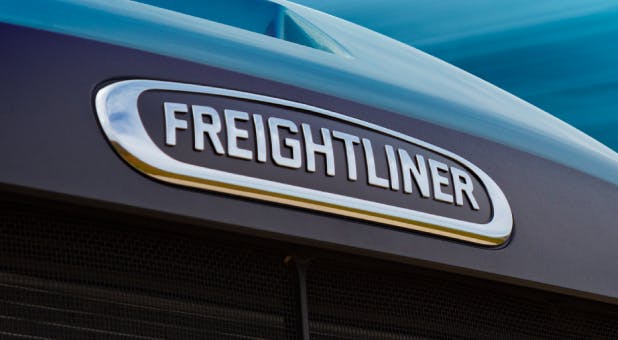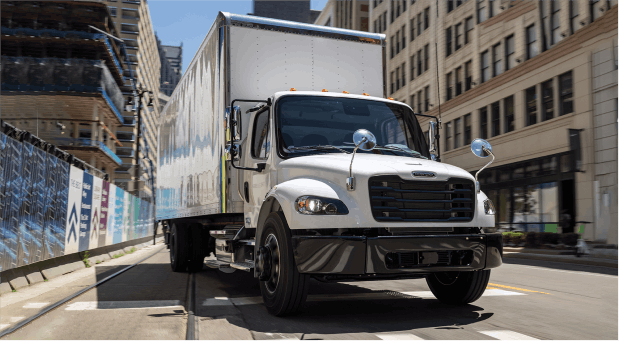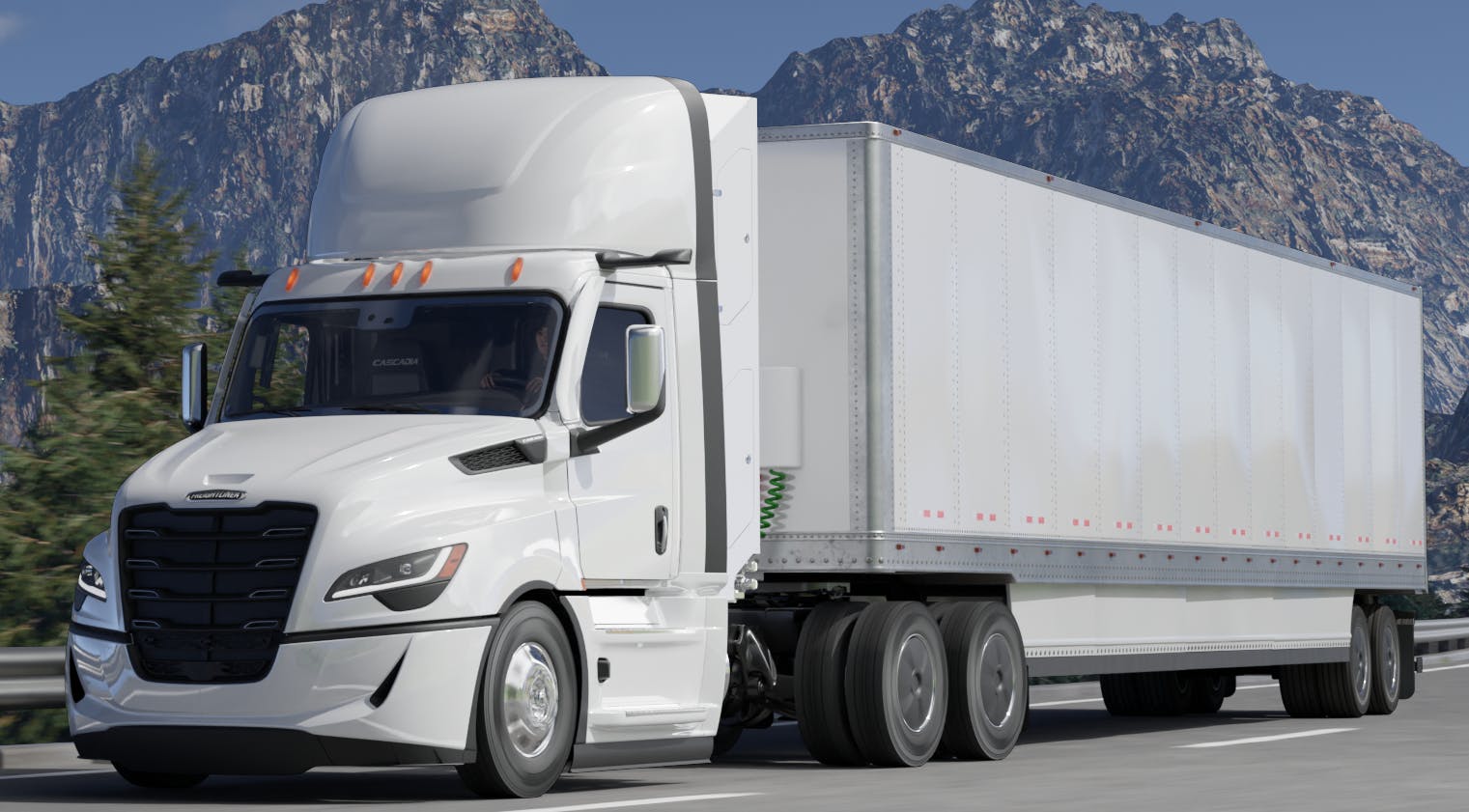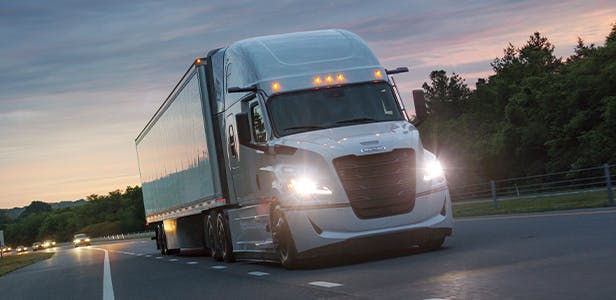Navigating The EV Incentive Landscape
Freightliner Electric Trucks
You can see electric trucks in your future. But how do you bring your vision into the world of dollars – and make it all make sense? EV incentives are a key part of the equation. In fact, they can be quite powerful, but you have to start with the right questions.
ELECTRIC VEHICLE INCENTIVES: WHERE DO I BEGIN?
Federal: The Inflation Reduction Act
The Inflation Reduction Act represents a major growth in the availability of medium- and heavy-duty commercial EV incentives. It provides a tax credit for electric trucks purchased starting in 2023 that covers up to $40,000 of the truck’s purchase price.
State: Key players lead the charge
California’s Hybrid and Zero-Emission Truck and Bus Voucher Incentive Project (HVIP) provides significant money for a wide range of electric vehicles, including up to $120,000 for heavy-duty electric trucks and up to $375,000 for electric school buses.
While California is leading the way with EV incentives, other states, from Washington and Oregon to Texas to New York and New Jersey, are making significant progress as they look to the Golden State as a benchmark for what the future could bring.
Tip: Incentives aren’t just limited to the above states. They’re available across the country – you just have to know where to look...or who to call. Contact your dealer or the Detroit eConsulting team to find out what’s available to you.
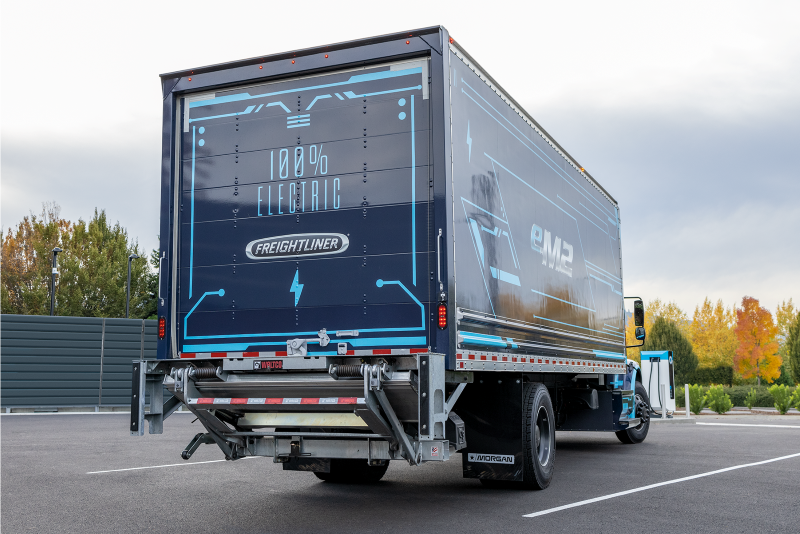
WHAT ABOUT EV INFRASTRUCTURE INCENTIVES?
Federal: The Inflation Reduction Act
The Inflation Reduction Act can also help your fleet deploy Electric Vehicle Supply Equipment (EVSE), such as charging stations. It covers up to 30% of your EVSE cost, with a maximum of $100,000 per EVSE. As a business tax credit, this incentive requires enough revenue to offset the covered portion of the purchase price.
Utilities: Essential partners in electrification
Deploying electric trucks generally requires modifications to your site’s electrical capacity. Fortunately, utilities can help you prepare by paying a portion of what it takes to upgrade infrastructure like transformers, meters and electrical panels.
Tip: When thinking about going electric, it’s essential to engage your utility early. Taking the right first steps can make the transition much smoother and quicker down the road.

EV GRANTS VS. VOUCHERS: WHAT’S THE DIFFERENCE?
The distinction between the two lies mainly in how you obtain them and how easy they are to secure. Federal grants require a detailed application, while state-adiministered vouchers are available on a first come, first served basis.
In addition, grants are more competitive than vouchers and tend to target emerging technologies. While there are still significant grant opportunities for electric trucks, you can expect to see them transition to off-highway applications as well as newer sectors, such as hydrogen-powered vehicles, as the market for commercial EVs matures.
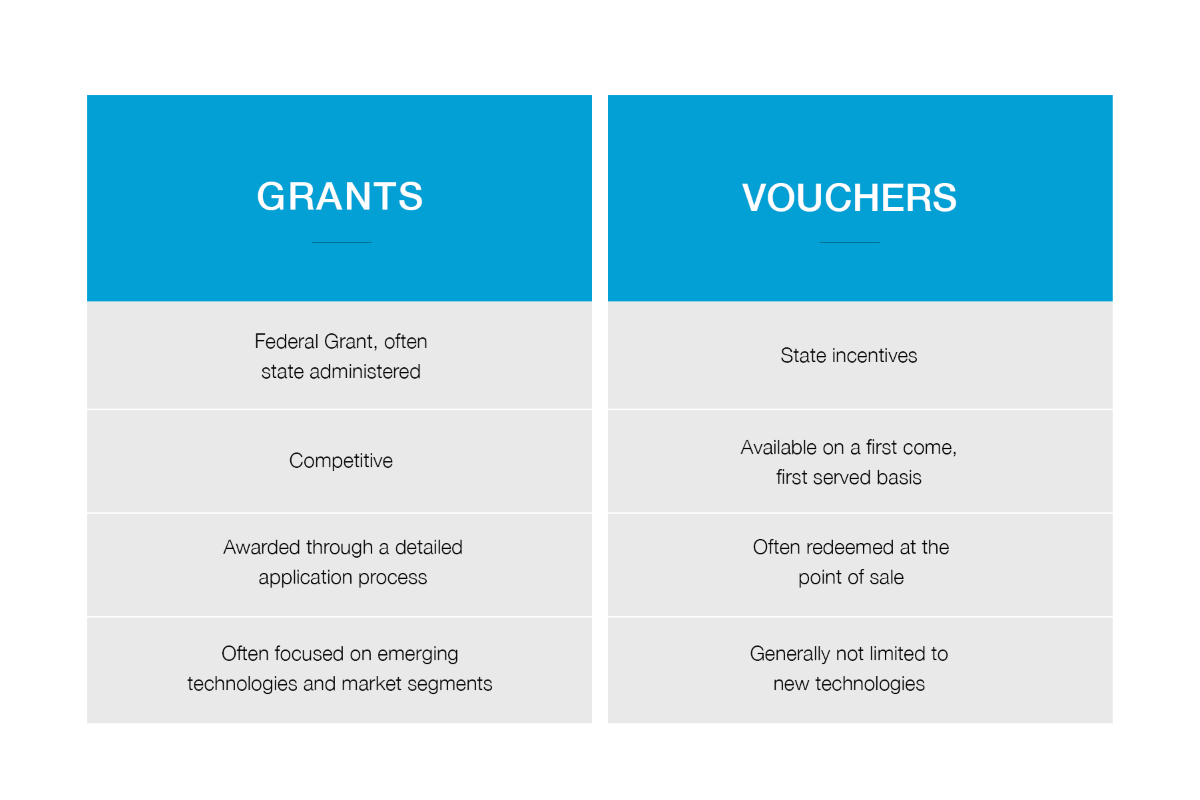
GOING ELECTRIC: SHOULD I WAIT FOR PUBLIC CHARGING STATIONS?
The answer, of course, depends on your fleet’s operations and routes. However, through programs like NEVI and RAISE, the federal government has earmarked significant resources to lay a public charging foundation across the country in the coming years. As these facilities become operational, they will allow for an expanded charging network that support medium- and heavy-duty electric semi trucks.
I’M STILL A BIT LOST – WHERE CAN I GO TO FIGURE THIS OUT?
Your Freightliner dealer is a great first stop. They’ll have access to a comprehensive EV incentive database and can help you explore every dollar that’s available to your fleet.
You can also contact our eConsulting team, your expert guide on the road to electric. They offer a wide range of services, from quick, one-page overviews of what your EV depot could look like to in-depth services customized to your needs.

